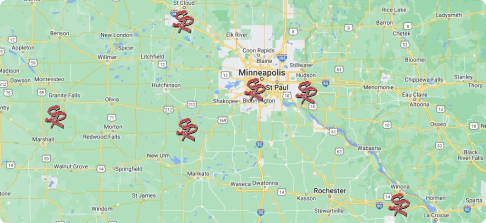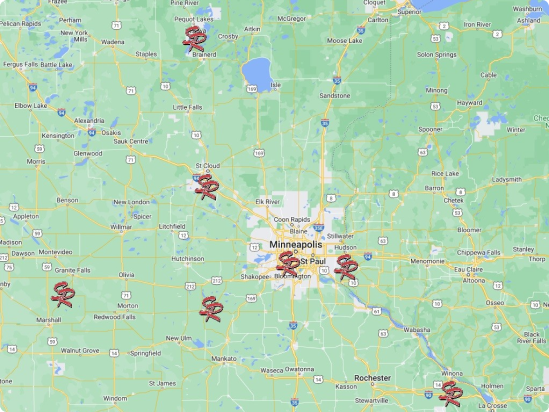Most homeowners dismiss their attic when it comes to insulating their home. It’s not hard to do since the room is out of sight and mind. But forgetting to invest in adequate attic insulation, especially in Midwestern homes, is a huge mistake. A substantial amount of energy can be lost through attic spaces. Heat rises, and without substantial insulation in your home, it will escape quickly. It’s similar to not wearing a hat on your head in the winter months; you’ll become cold rather quickly.
What’s the best type of insulation for your home? That depends on many factors, including whether the space will be used for storage or other uses. These are the primary types of attic insulation and their advantages.
Spray Foam Insulation
Spray foam is one of the most common types of attic insulation because it’s quick to install and can cover all the hard-to-reach spots within an attic, virtually insulating every nook and cranny of the space, no matter how small or awkwardly shaped. Spray foam insulation can also seal gaps in walls and other spaces, further insulating attic spaces against the elements. This is because spray foam is made from a liquid polyurethane that expands into a solid state after it is deployed.
The downside of using spray foam insulation is the upfront cost and the fact that it’s not generally a DIY project.
Blow-in Insulation
Blow-in insulation is also quick to install because it is done using a pressurized blowing machine. This type of insulation consists of shredded fiberglass, cotton, and other loose materials that can fit into most spaces, even if they are small or awkwardly shaped. Blow-in insulation is not as comprehensive and effective as spray foam insulation, but it is still a great option for attic spaces.
The downside to using blow-in insulation is how easily it absorbs water. If it gets wet (which generally means you have larger roofing issues), it is susceptible to mold growth.
Blanket Insulation
Blanket insulation comes in large rolls or batts that can be cut to size and laid out within an attic space. It’s cost-effective and simple to install. Blanket insulation can be made from many materials, including fiberglass (the most common), cotton, etc. The material is a good option and insulates well when placed in attic spaces. The rolls can be cut to fit in corners and around all manner of obstacles. It’s not as effective as spray foam insulation, but it’s more cost-effective, making it popular among many homeowners.


